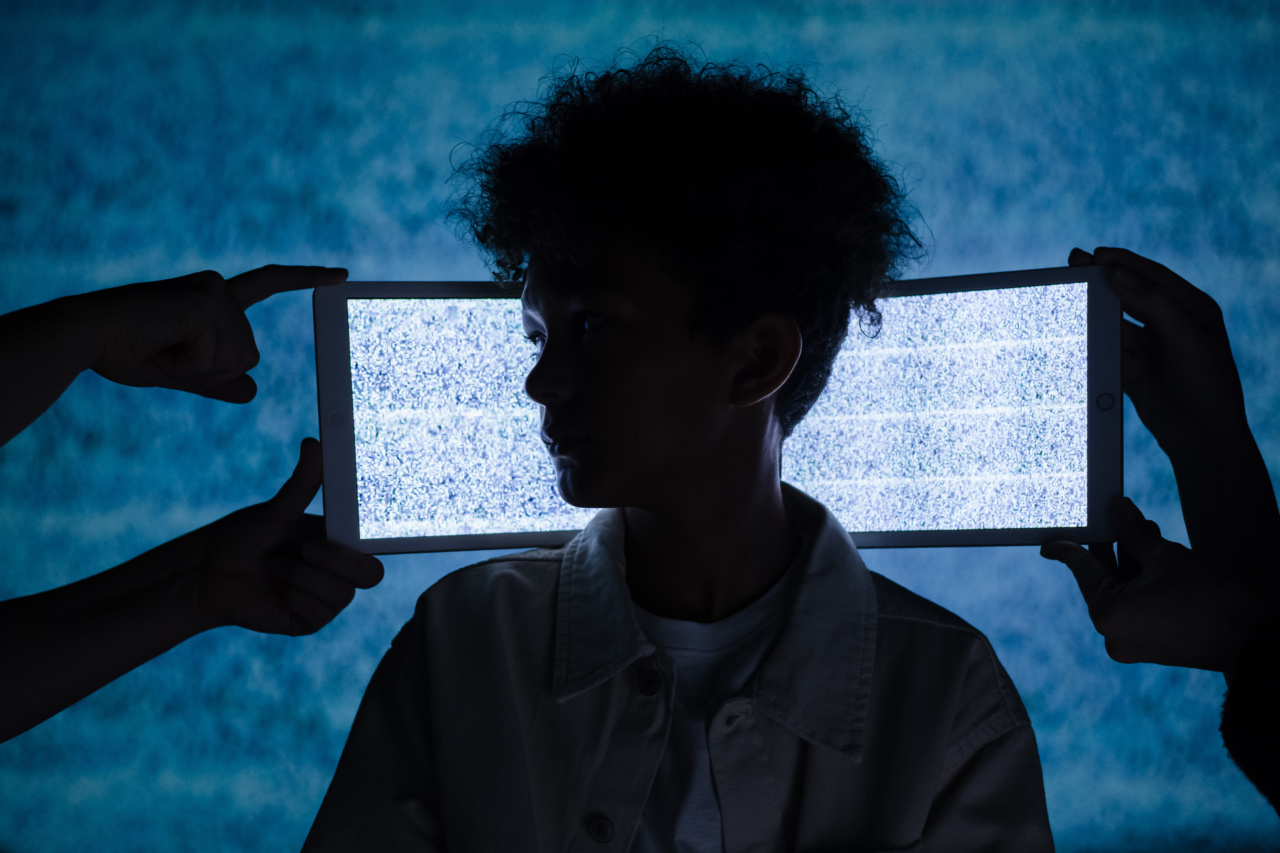In today’s digital age, screens are everywhere. From smartphones and tablets to TVs and gaming consoles, kids are constantly exposed to screens. While there are undoubtedly benefits to the use of technology, there are also potential drawbacks.
One of the most concerning of these is the link between screens and obsessive-compulsive behaviors (OCBs) in children.
What are obsessive-compulsive behaviors?
Obsessive-compulsive behaviors are repetitive and persistent actions or thoughts that interfere with daily functioning. These can include compulsive cleaning, checking, or counting, as well as obsessive worries or intrusive thoughts.
While everyone experiences these behaviors to some degree, in cases of OCBs, the thoughts and actions become so pervasive and time-consuming that they interfere with normal activities.
The link between screens and OCBs
Studies have shown that excessive screen time is linked to an increased risk of OCBs in children. This is because excessive screen time can lead to overstimulation of the brain and an inability to self-regulate.
Additionally, screens often provide instant gratification and require little effort, which can lead to a lack of resilience and difficulty handling frustration in real-world scenarios.
Children who spend more than two hours a day on screens are at an increased risk of developing OCBs.
This is particularly true for children who are exposed to screens at a young age, as their brains are still developing and are more susceptible to the impacts of excessive screen time.
Preventing OCBs in children
There are several steps parents can take to prevent OCBs in their children. Limiting screen time is one of the most important steps, as it can help to prevent overstimulation and promote self-regulation.
Experts recommend that children under two years of age should have no screen time at all, while children between two and five years of age should be limited to one hour per day.
Other helpful tips include promoting physical activity, providing opportunities for creative play, and setting clear rules and expectations around screen use.
It is also important to model healthy screen use habits as a parent, as children are more likely to mimic the behavior of their parents.
Treating OCBs in children
If your child is already exhibiting signs of OCBs, there are several treatment options available.
Cognitive-behavioral therapy (CBT) is one of the most effective treatments for OCBs, as it helps children to identify and challenge their negative thoughts and behaviors. Medications can also be prescribed in some cases, although this should always be done under the guidance of a healthcare professional.
Regardless of the treatment approach, it is important to address OCBs as soon as possible, as they can have a significant impact on a child’s daily life and development.
The bottom line
In summary, excessive screen time is linked to an increased risk of obsessive-compulsive behaviors in children.
While there are undoubtedly benefits to the use of screens, it is important for parents to carefully monitor their child’s screen time and promote healthy habits. If OCBs do develop, there are effective treatment options available to help manage the condition and promote a healthy, happy life.































